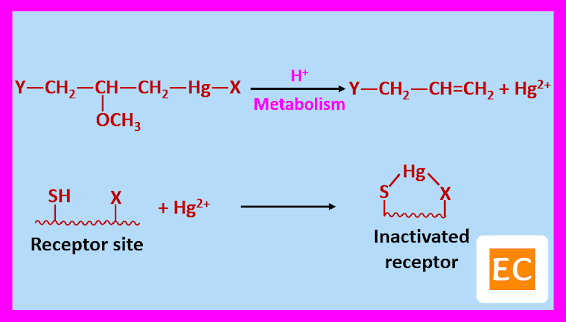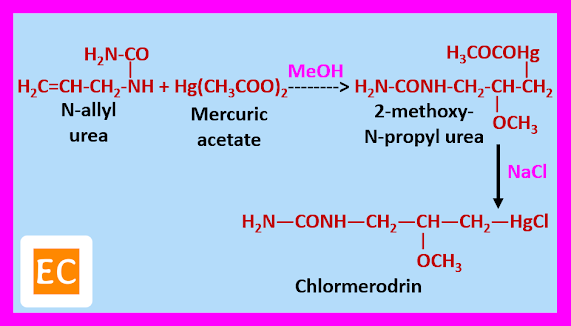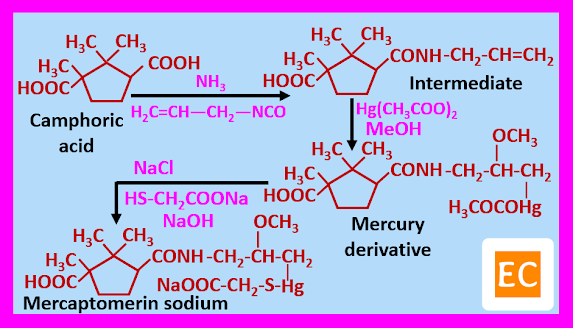BERYLLIUM
Symbol --- Be
Abundance --- 0.00019% in earth's crust.
Physical state --- solid
Elemental Category --- Alkaline earth metal
Colour --- white-gray
Discovery --- Louis Nicolas Vauquelin (1798)
Atomic no --- 4
Atomic weight --- 9.012
Period --- 2
Group --- 2
Block --- s-block
Known Isotopes--- 4Be7 4Be9 4Be10
Stable Isotopes --- 4Be9
Isotopic abundance --- 4Be9 (100%)
Melting Point --- 1560 K (12870C)
Boiling Point --- 2742 K (24690C)
Density --- 1.84 g/cc
Electron Configuration --- [He] 2s2
Oxidation State --- +2
Valence --- 2
Electronegativity --- 1.57
Ionisation Energy --- 900 KJ/mol (1st), 1757 KJ/mol (2nd), 14840 KJ/mol (3rd)
Covalent Radius --- 96 pm
Van der Waals radius --- 153 pm
Crystal Structure --- hcp (hexagonal close packed) Heat of fusion --- 12.1 KJ/mol
Heat of vaporisation --- 293 KJ/mol
Molar heat capacity --- 16.45 J/mol-K
Specific heat --- 1820 J/(Kg-K)
Thermal conductivity --- 195 W/(m k)
Molar volume --- 0.00000487
Speed of sound --- 12895 m/s
Magnetic type --- diamagnetic
Mass magnetic susceptibility --- -1.26x10-8 m3/kg
Molar magnetic susceptibility --- - 1.136 x 10-10 m3/mol
Lattice angles --- π/2, π/2, π/3
Lattice constants --- 228 pm,228 pm,358 pm
Quantum numbers --- 1S0
Neutron cross section --- 0.009
Electrical conductivity --- 2.5 x 107 S/m
Electrical resistivity --- 36 nΩ m
Mohs hardness --- 5.5
Brinell hardness --- 595 MPa
Young's modulus --- 287 GPa
Bulk modulus --- 130 GPa
Shear modulus --- 132 GPa
Poisson ratio --- 0.032
Vickers hardness --- 1670 MPa
Beryllium is
of very rare abundance in the universe, it is produced as a product of the
spallation reaction. When a larger atomic nucleus collided with cosmic ray’s
spallation reaction occur, as a result of this reaction beryllium is produced. Beryllium
is of very low abundance in the earth’s crust. The major ores of beryllium are beryl Be3Al2(SiO3)6 and phenacite
Be2SiO4. Beryllium is extracted from these ore. Beryllium
is the second lightest metal after lithium and quite hard and brittle in nature.
Beryllium is used for windows material in X-ray tubes and it is largely used to
improve the properties of Cu and Ni alloys. In the nuclear reactor beryllium is
used as moderator and also used in electronic industries.
 |
| ABOUT BERYLLIUM |














